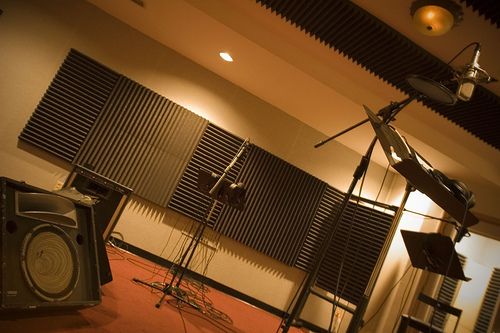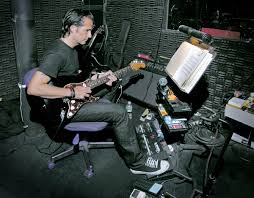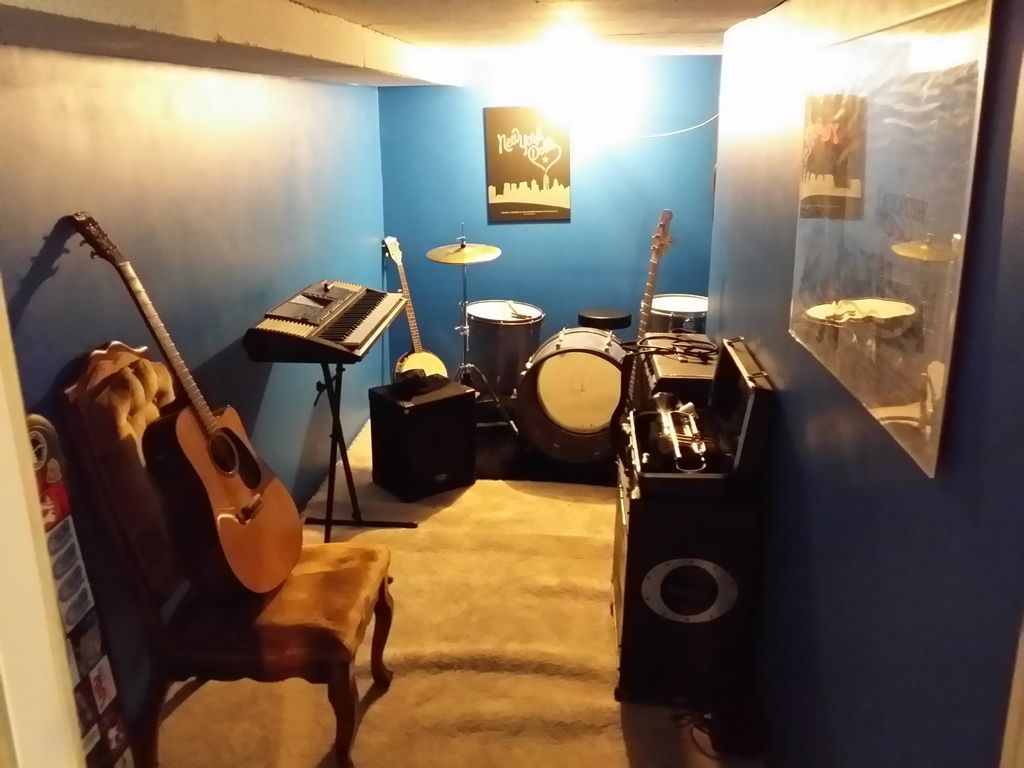By Phin Upham
After being told she wasn’t pretty enough to be an actress, Agnes DeMille, niece of Cecil B. DeMille, decided to pursue a career in dance. The native of New York City was not one to be turned away so easily.
Her career began with the American Ballet Theatre Company in 1939, but she was largely background until 1942. It was at that point that DeMille staged her first significant work, Rodeo, which was scored by Aaron Copland. It was presented at the Ballet Russe de Monte Carlo. It remains one of her only surviving works.
She produced ballet up until her death, with The Other having wrapped production for the first time a year before her passing. However, her works after Rodeo and before The Other seemed to have fallen out of favor over the years. Only two other ballets written and choreographed by DeMille still exist today: Three Virgins and a Devil¸ and Fall River Legend.
While DeMille saw success on the stage, Broadway specifically, she hoped that it would cross over into the realm of cinema. Unfortunately, it did not. She completely revolutionized musical theater through the creation of choreography that advanced the plot and provided insight into the emotions of the characters.
DeMille truly loved dance, becoming a vocal advocate for the form in front of the Senate, the House of Representatives and the Committee for Medical Research. DeMille died in 1993 of a stroke in her apartment in Greenwich Village, closing the book on a storied life. Inducted into the American Theater Hall of Fame in 1973, DeMille’s accomplishments are still felt today.
About the Author: Phin Upham is an investor at a family office/ hedgefund, where he focuses on special situation illiquid investing. Before this position, Phin Upham was working at Morgan Stanley in the Media and Telecom group. You may contact Phin on his Phin Upham website or Twitter page.







